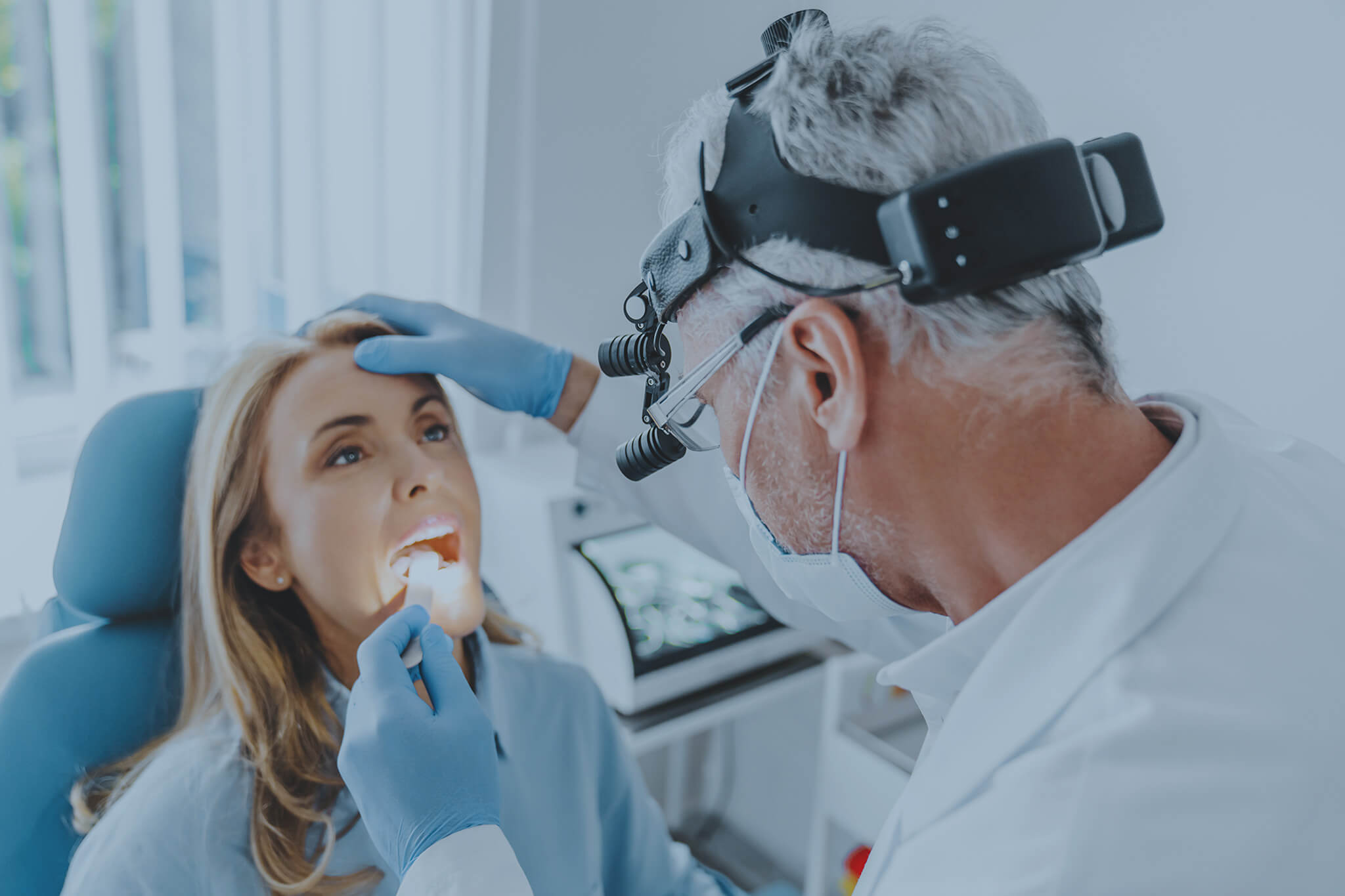CO₂ Laser Treatment for Tonsil Stones (Cryptolysis Procedure)
Laser tonsil cryptolysis precisely ablates these problematic crypts, reducing chronic inflammation while preserving healthy tonsillar tissue. By harnessing focused laser energy — specifically from CO₂ lasers — this procedure offers a faster, less painful alternative to traditional tonsillectomy or manual tonsil stone removal.
Why a CO₂ Laser for Tonsil Stones?
Laser cryptolysis specifically targets the crypts harboring debris and bacteria, leaving healthy tonsil tissue untouched.
This precise approach not only reduces infection and odor but also minimizes bleeding and speeds recovery — key advantages over more invasive tonsillectomy procedures.

Targeted Treatment
Cryptolysis for tonsil stones focuses on eradicating only the pockets (crypts) where debris and bacteria accumulate, sparing the rest of the tonsil structure.
This selective approach can provide relief from infection and odor — without the recovery time of a full tonsillectomy.
Reduced Bleeding and Discomfort
Lasers cauterize as they cut, significantly minimizing bleeding.
As a result, patients often report less postoperative pain and faster healing than with traditional surgical methods.
Improved Breath and Fewer Infections
Tonsil crypts act like traps for dead cells, food particles, and bacteria, leading to infections and halitosis (chronic bad breath).
Cryptolysis for tonsil stones eliminates these crypts leading to better breath and reduced throat irritation for patients.
How Laser Tonsil Cryptolysis Works
A laser cryptolysis procedure typically begins with a thorough exam to pinpoint problematic crypts, followed by minimal anesthesia to keep patients comfortable.
Using CO₂ laser technology, the surgeon vaporizes only diseased tissue, sealing blood vessels on contact for less bleeding and a quicker return to normal eating and activities. Here are the typical steps:
Assessment and Diagnosis
An ENT specialist conducts a thorough exam — sometimes with imaging or an endoscope — to identify deep or problematic crypts.
This evaluation ensures laser tonsil cryptolysis targets the right areas.

Anesthesia and Preparation
Although minimally invasive, local or general anesthesia may be used to keep patients comfortable.
A protective guard may be placed to shield adjacent tissues from stray laser energy.
Laser Ablation
Using CO₂ laser technology, the surgeon precisely vaporizes the crypt tissue.
The laser beam ablates problematic crypts while sparing healthy tonsillar tissue.
Hemostasis and Recovery
Because the laser seals blood vessels as it ablates, bleeding is usually minimal.
Recovery often involves manageable soreness, and most patients can return to normal activities within days. Typical recovery advice includes:
- Pain Management: Over-the-counter analgesics or prescribed medication may be suggested.
- Diet Adjustments: Soft foods and plenty of fluids are typically recommended to soothe the throat.
- Follow-Up: Routine check-ins confirm that the tonsil crypts have been adequately reduced and that no infections or regrowth occur.
Choosing the Right ENT Laser Surgery Supplier
IML offers DEKA CO₂ lasers, known for delivering precise cuts and hemostasis in delicate ENT procedures. Features like intuitive controls and minimal thermal spread make DEKA an ideal choice for laser tonsil cryptolysis.
By reducing bleeding, pain, and infection risk, these advanced systems align with both patient comfort and surgical efficiency.
Partner with IML for Advanced Lasers Used in ENT Surgery
For patients with chronic tonsil stones or recurrent infections, laser tonsil cryptolysis provides a less invasive path to lasting relief. By strategically ablating only the problematic crypts, surgeons can optimize healing and retain healthy tissue.
With DEKA CO₂ lasers from IML, ENT specialists benefit from cutting-edge technology that promotes better outcomes, rapid recovery, and heightened patient satisfaction.
Interested in learning more about IML’s ENT-focused laser solutions? Contact our team to discover how our technology and expertise can help you deliver safer, more precise surgical care.
